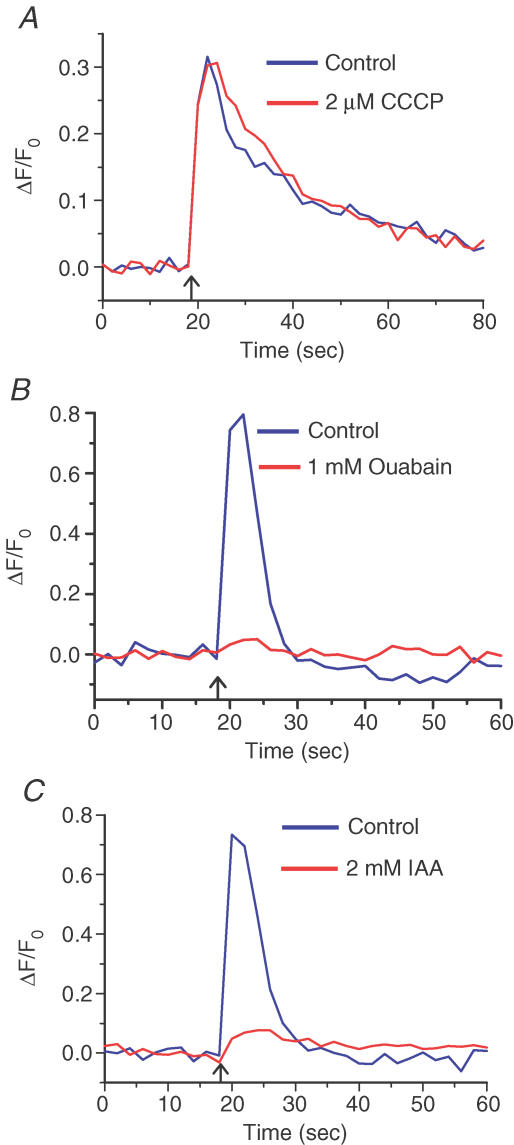Figure 3. Glycolysis not mitochondrial respiration is critical for Ca2+ clearance in corneal nerve terminals (CNTs).
A, Ca2+ transient evoked in CNTs by electric field stimulation (50 stimuli at 10 Hz; blue trace, average data from n = 5 CNTs). After incubation with 2 μm CCCP for 20 min, electrical stimulation evoked a Ca2+ transient that was similar to the first transient in amplitude (P = 0.985) and 95%–10% decay time (P = 0.75) (red trace, average data from n = 5 CNTs). B, Ca2+ transients evoked in CNTs by electric field stimulation (50 stimuli at 10 Hz) before (blue) and after (red) 20 min incubation with 1 mm ouabain (traces are average data from n = 5 CNTs). Inhibition of the Na+–K+-ATPase by ouabain reduced the Ca2+ transient amplitude by 82 ± 1.2% (P = 0.042, n = 5). C, Ca2+ transients evoked in CNTs by electric field stimulation (50 stimuli at 10 Hz) before (blue) and after (red) 20 min incubation with 2 mm iodoacetate (IAA) (traces are average data from n = 5 CNTs). Inhibition of glycolysis by IAA reduced the Ca2+ transient amplitude by 82 ± 4.3% (P = 0.003, n = 5) and slowed its decay 3.5-fold (P = 0.035). All experiments were done at 35–37°C.

